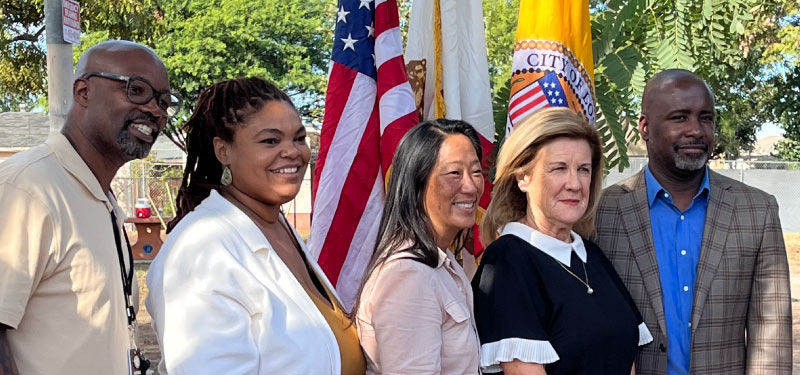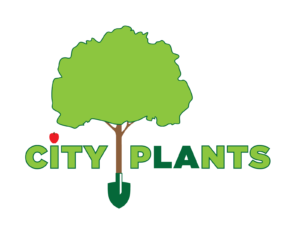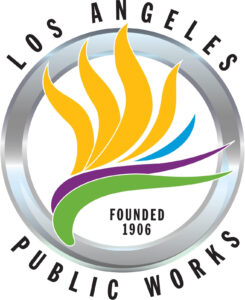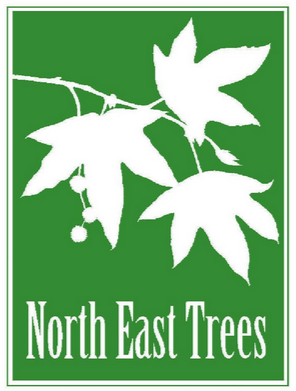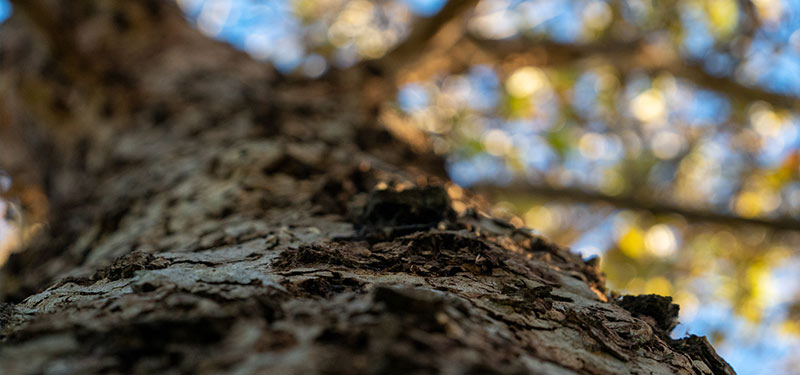
Our Projects
2028 Olympic Green Medal Groves Project
The 2028 Olympic Green Medal Grove is a project by South LA Trees Coalition in partnership with local leaders and communities dedicated to representing the spirit of Los Angeles as a global leader in environmental stewardship while celebrating the winning athletes of the 2028 Summer Olympic Games. This commemorative project will acknowledge the achievement of gold medal-winning Olympic athletes of the 2028 summer games by planting majestic “green medals,” native Coast Live Oak trees in dedicated locations across Los Angeles as an enduring tribute to winners, an investment in the greening of LA communities, and a living testimony to LA’s commitment to being a global environmental leader. For more information on the Green Medal Grove project or to get involved, contact us by email.
Windward Fund Environmental Justice Data Project
A proud recipient of the Windward Fund’s Environmental Justice Data Fund grant, the South LA Trees Coalition launched its original research project to better understand, and therefore represent, diverse community perspectives on trees with the goal of identifying, uplifting, and advocating for aligned policy and program-level interventions. In deepening local research and discussions on trees, the SLATC hopes to close equity gaps throughout LA’s urban forest and facilitate the preservation, protection, and growth of South LA’s tree canopy through progressive advocacy and community-based efforts. Read more about this project on our News Blog or visit the USC- SLATC Report on Community Leaders and the Urban Forest to read the full report.
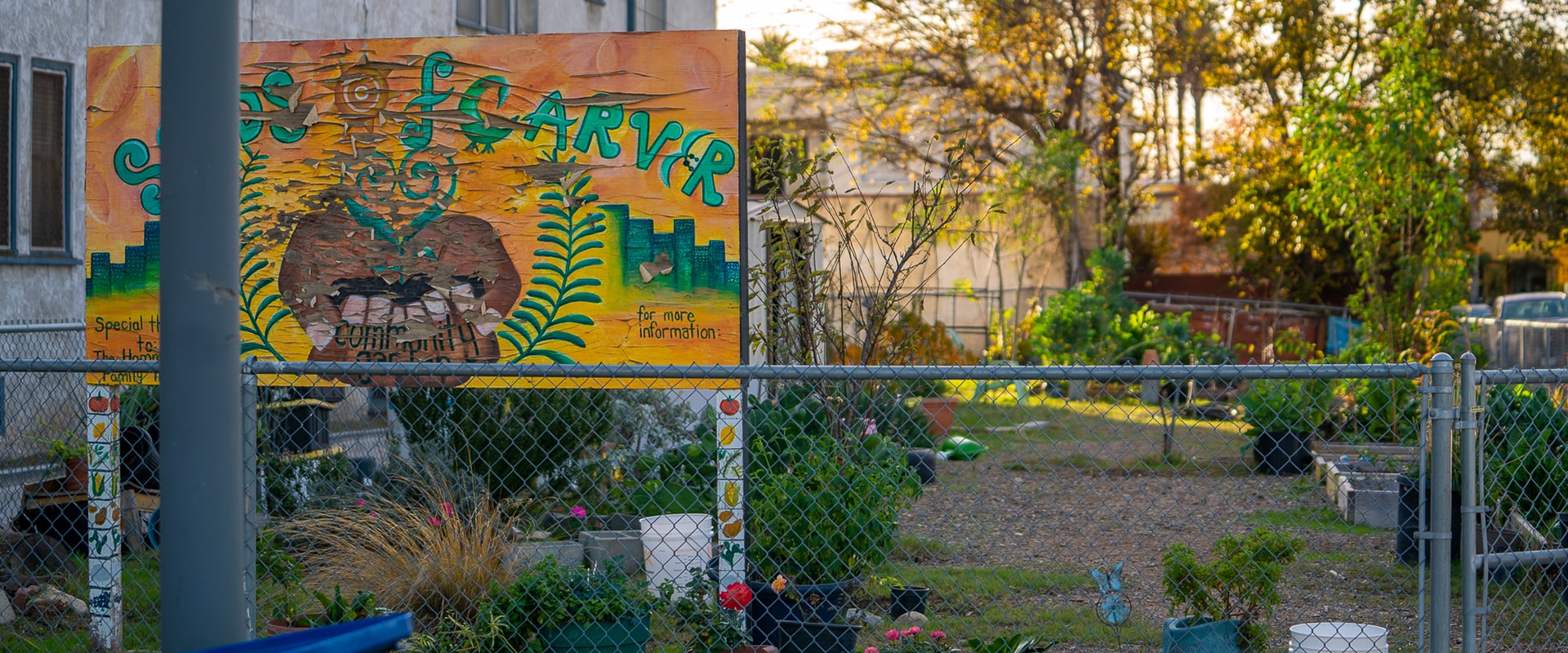
Community Advocacy
- Cornelius Johnson Residence and Olympic Oak – Historic-Cultural Monument Designation [PDF]
- Tree Canopy Protection and Equity Motion [PDF]
- City of Los Angeles Wildlife Ordinance [visit LA City Planning Website]
- South Los Angeles Community Plan Implementation Overlay (CPIO) Amendment Project [PDF]
- Read article on United Neighborhoods Neighborhood Council Tree Policy Template
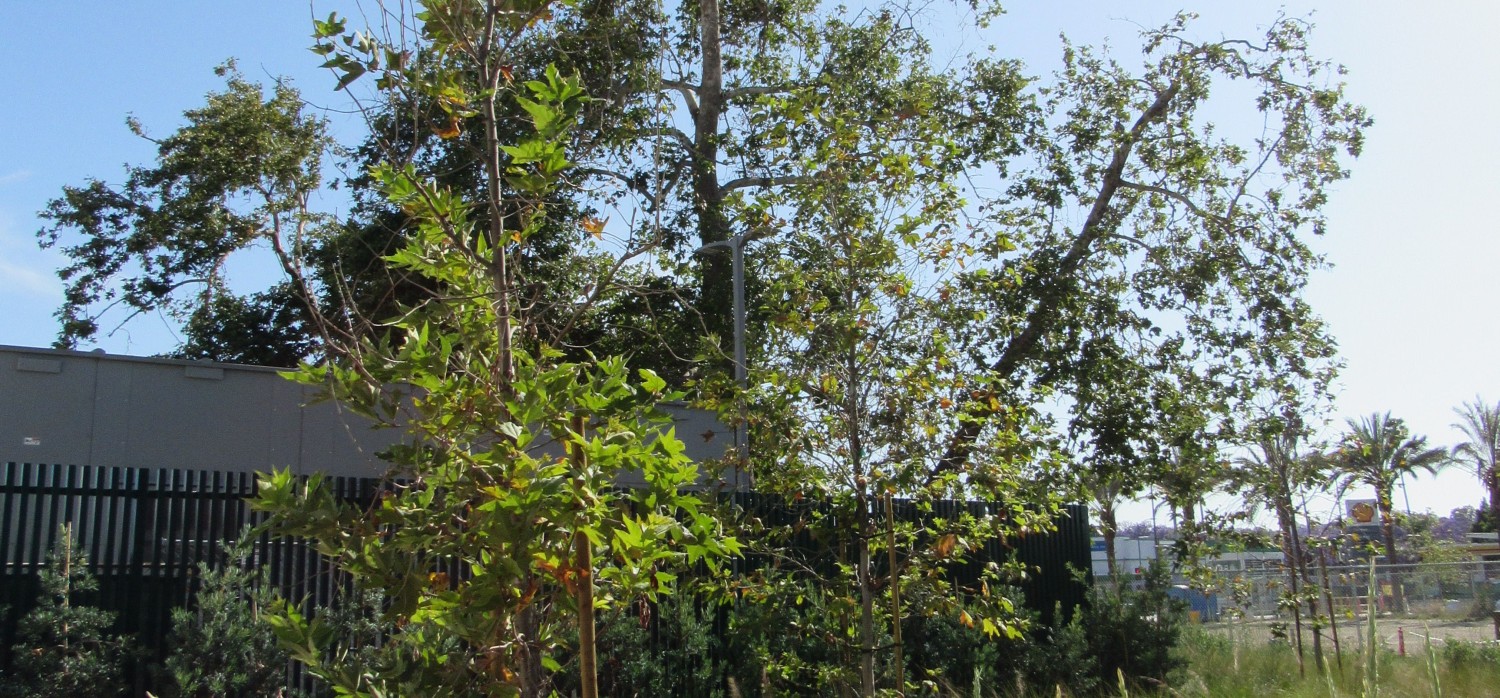
Growing Tree Equity
Decades of discriminatory planning policies and development practices have literally shaped our city’s neighborhoods and directly fostered the inequities experienced today, and those that threaten our collective futures.
Trees are a fundamental element of life, wellness and the human experience. From shade provision to cleaner air, ecological habitat, rainwater collection, energy efficiency, beautification and more – trees are the foundational natural resource and infrastructure that provide our urban communities with endless environmental, public health and quality of life benefits. Despite these known facts and conditions, project-specific decisions, system shortfalls, and a general lack of investment and care continue to contribute to the active destruction of the City’s tree canopy, with the highest rates of loss and disinvestment in canopy coverage enacted upon communities of color, including South LA.
There is no shortage of research and data proving the stark discrepancies in tree canopy coverage between neighborhoods in the City Los Angeles. In 2017, a study conducted by the University of Southern California reported that nearly all neighborhoods in the City of Los Angeles have experienced a “ten-year canopy reduction of 14 to 55 percent” (Los Angeles Urban Forest Equity Assessment Report, February 2021). Tree canopy conditions in communities of color throughout the City are even more severe. Today, the current tree canopy coverage in CD 10 is just over 15%, CD9 at 11.7%, and CD 8 at 12.2% – all of which are well below the average canopy coverage for the City.
However, these facts and figures continue to be ignored. Without regard for these widely known realities, day-by-day, South Los Angeles residents are losing the tree equity battle. Trees are not being protected or privileged in policy, development, or enforcement. Instead, communities of color throughout the City are systematically robbed of the very natural resources that are their right, and the path to a sustainable built environment and enduring community health. This proves especially true for communities of color, like those across South LA, which already face a vast array of environmental inequities including increased exposure to adverse environmental conditions and their resulting negative health impacts and outcomes.
It is known that both the collective and individual impacts of trees in the urban forest is significant. Additionally, there is an exponential increase in the value of large, mature trees and their associated environmental and health benefits when compared to those of small, young trees (LA City First Step Urban Forest Management Plan). For all of these reasons, and the many more not explicated here, the impact of removing large, mature, viable trees – especially native and protected trees, cannot be overstated.
The impact of tree removals cannot be mitigated by planting new trees. Large, mature, native trees cannot be replaced. The deep and cyclical benefits that an individual, large mature tree offers to the community in which it is situated are infinite. The blatant damage and disregard of individual trees, on a site-specific basis, pose dire cumulative impacts when contextualized by the many similar actions that remove trees throughout a community.
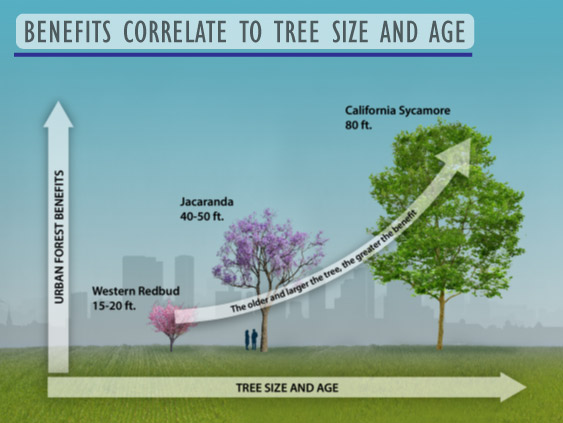
Image Source: LA City First Step Urban Forest Management Plan
Equity can no longer be seen as a choice, or be subject to shifting priorities.
Equity is an absolute right, in all communities, in all ways.
Tree equity, in the City of LA, is no exception.
